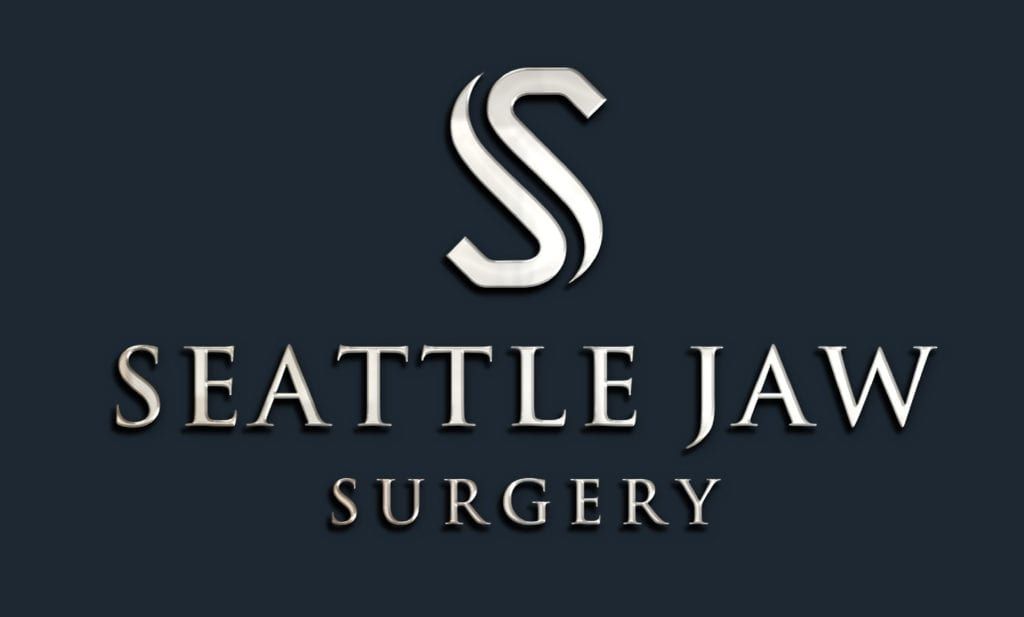Sleep apnea is a disorder characterized by frequent pauses in breathing during sleep. There are two main types of sleep apnea:
Obstructive sleep apnea (OSA) occurs when a person’s airway becomes partially or completely blocked during sleep. When this happens, the person will wake up briefly to breathe. The person may or may not remember these waking events.
Central sleep apnea (CSA) occurs when the brain fails to send signals to the appropriate muscles that coordinate breathing during sleep. CSA is far less common than OSA.
Common symptoms of OSA include:
- Frequently waking up in the middle of the night choking or gasping for air
- Loud snoring
- Excessive daytime sleepiness
- Morning headaches
In order to diagnose OSA, a sleep study performed by a sleep specialist will be necessary. These studies are done overnight at a specialized laboratory where the person sleeps while connected to numerous sensors. Home sleep tests (HSTs) are also an option. They can be more convenient and cost-efficient but are generally less reliable.
Though snoring is a primary symptom of sleep apnea, not all people who snore have sleep apnea. Harmless snoring does not interfere with breathing patterns while OSA causes breathing cessations and sometimes ‘gasping’ during sleep.
Our first goal will be to determine whether your snoring is benign or a symptom of sleep apnea. This may be determined by speaking with you and your partner about your symptoms. If you do not have a partner who can confirm snoring or breathing interruptions, your doctor may request a sleep study if one has not been performed in the past.
Weight loss, exercise, and reduction of alcohol consumption are commonly advised to patients with OSA. There are a number of additional treatment options depending on the condition’s severity:
-
Nonsurgical
- Positional therapy aims to train the person to sleep on their sides rather than their back as OSA symptoms can be exacerbated when the person sleeps on their back. This is because it is easier for the tongue and muscles around the throat fall and restrict the airway due to gravity when in that position.
- Oral appliances are devices designed to fit in a person’s mouth during sleep. These include mandibular advancement devices (MADs) which pull the lower jaw and tongue forward or tongue-stabilizing devices (TSDs) which hold the tongue in a forward position. Oral appliances are usually prescribed by a sleep specialist, orthodontist, or dentist.
- PAP therapy stands for positive airway pressure therapy and is an umbrella term for a treatment where a machine is used to keep the person’s airway supported during sleep. The person wears a mask when going to sleep and air is pushed into their airway which prevents it from collapsing. CPAP, APAP, and BiPAP are all forms of PAP therapy.
-
Surgical
- A uvulopalatophrangoplasty (UPPP) is a procedure where the soft tissues around the throat, including the uvula, soft palate, tonsils, adenoids, and/or pharynx are trimmed or rearranged in a way to increase the size of the patient’s airway. UPPPs are usually performed by ENT physicians.
- A maxillomandibular advancement (MMA) is a procedure where both the upper and lower jaws are moved forward to expand the size of the patient’s airway.
- A genial tubercle advancement (GTA) is a procedure where the tongue is moved forward in the patient’s mouth. This is often performed in conjunction with another procedure such as a UPPP or MMA.
